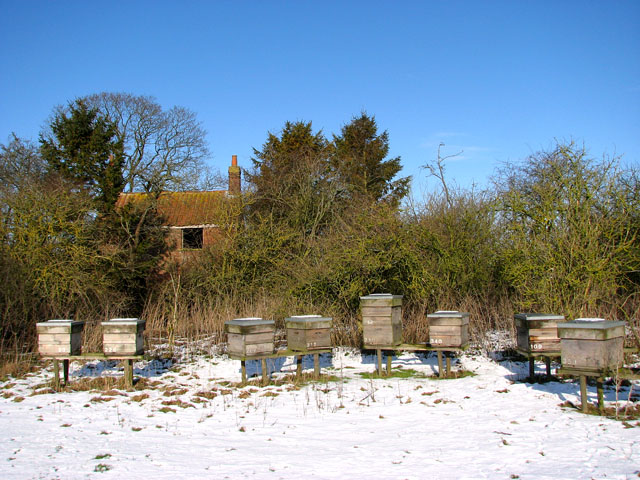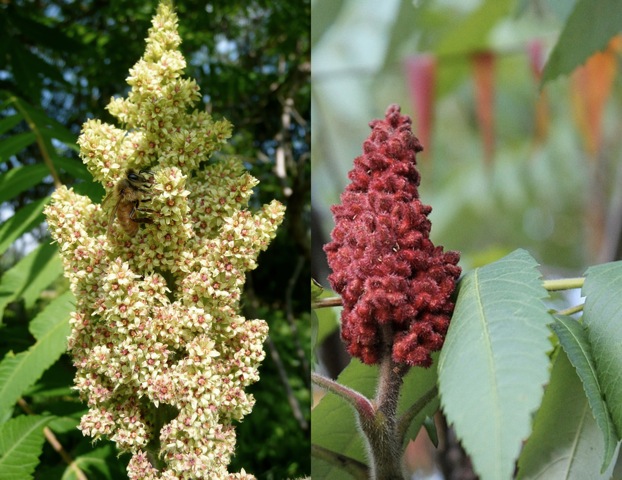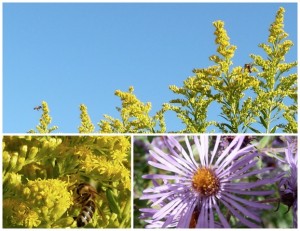Winter Arrives

We’re heading to the bottom of the year now. In the last few months, the bees have worked hard to make enough honey to get through the winter and build up enough numbers to reproduce and survive. For now, the queen has stopped laying. Beekeepers have installed mouse guards, added insulation, and wrapped their hives with protective and heat-absorbing black tarpaper. Now comes the time to hope and trust that colonies will survive until the first pussy willows and maple flowers come out in early spring.
Visit Live from the Hive around December 21 when we will have a special Christmas/Solstice edition of Live From the Hive!
Annie Watson

